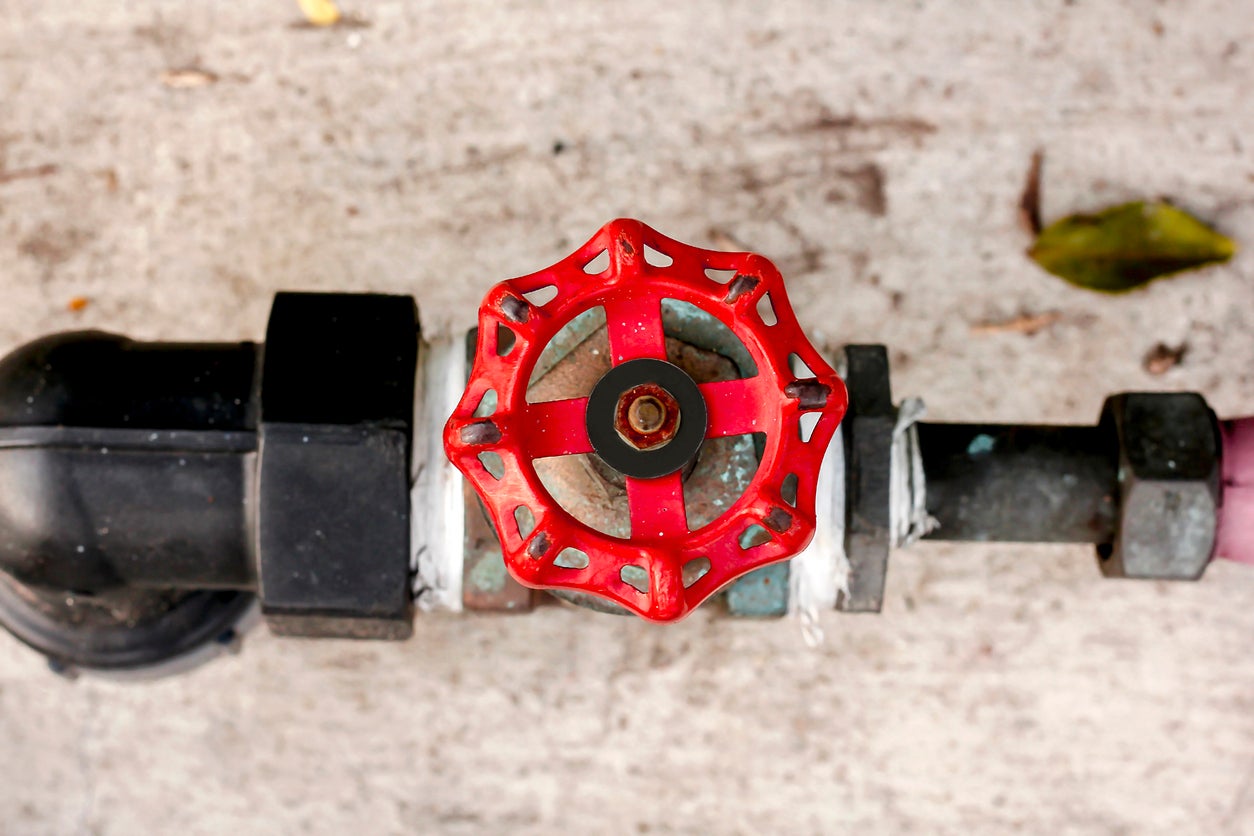Our Definitive Instruction to Solving Low Water Pressure in Your Home
Our Definitive Instruction to Solving Low Water Pressure in Your Home
Blog Article
How do you really feel about 9 Reasons for Low Water Pressure in Your House?

Low tide stress in your house can be an aggravating trouble, influencing whatever from showering to washing meals. If you're experiencing weak water circulation, there are a number of possible causes and services to check out. In this overview, we'll go over typical factors for low water stress and functional actions to address the issue efficiently.
Introduction to Low Water Pressure
Low water stress takes place when the flow of water from your faucets, showers, and other fixtures is weaker than usual. This can make day-to-day jobs much more challenging and much less effective. Comprehending the reasons for low water stress is critical to discovering the appropriate service.
Common Sources Of Low Water Pressure
Faulty Pressure Regulatory Authorities
Pressure regulatory authorities are in charge of preserving consistent water stress in your house. If they malfunction, it can result in low tide pressure or uneven flow throughout your home.
Municipal Water Issues
Often, the issue exists outside your home. Community water supply problems, such as main line leaks or maintenance work, can momentarily reduce water stress in your area.
Pipeline Obstructions
Gradually, pipelines can come to be blocked with natural resource, debris, or debris, limiting the circulation of water. This is a common problem in older homes with galvanized steel pipes.
Deterioration
Corrosion within pipes can bring about leaks and minimized water stress. Rust buildup can restrict water circulation, especially in aging plumbing systems.
Just How to Detect Low Water Pressure
Checking Pipes
Evaluate noticeable pipes for signs of leaks, rust, or clogs. Pay attention to any type of uncommon audios, such as knocking or rattling pipelines, which can indicate issues within the plumbing system.
Consulting with a Plumber
If you're not able to identify the source of low water pressure, consider employing an expert plumber to carry out a thorough inspection. They can identify underlying issues and recommend suitable services.
Inspecting Faucets and Fixtures
Start by evaluating the water pressure at different faucets and fixtures throughout your home. If the concern is separated to details locations, it might show local issues.
DIY Solutions to Repair Low Water Stress
Flushing Hot Water Heater
Debris accumulation in the water heater can restrict circulation and reduce efficiency. Purging the storage tank regularly helps remove debris and keep optimum performance.
Checking Stress Regulatory Authority
Guarantee that the pressure regulatory authority is working correctly. Adjusting or changing the regulator can help recover appropriate water pressure throughout your home.
Cleansing Aerators and Showerheads
Natural resources can build up in aerators and showerheads, reducing water circulation. Eliminate and clean up these parts regularly to boost water pressure.
Clearing Clogs in Piping
For minor clogs, attempt using a plumbing serpent or chemical drain cleaner to clear blockages in pipes. Beware when utilizing chemicals and follow safety and security guidelines.
When to Call a Specialist Plumber
If DIY initiatives stop working to resolve the problem or if you suspect considerable plumbing problems, it's finest to look for support from a licensed plumber. They have the experience and devices to address complicated concerns safely and successfully.
Preventive Measures to Maintain Water Stress
Mounting a Pressure Booster
Consider setting up a stress booster pump to boost water pressure in areas with continually low flow. This can be particularly beneficial for multi-story homes or properties with high-demand fixtures.
Tracking Water Use
Bear in mind water use habits and prevent ill-using the plumbing system. Straightforward changes, such as shocking showers and washing lots, can aid maintain sufficient water pressure.
Routine Upkeep
Set up regular upkeep for your plumbing system to prevent issues such as corrosion, leaks, and clogs. Dealing with minor issues early can assist prevent more considerable repair work in the future.
Final thought
Taking care of low tide pressure can be discouraging, however determining the underlying causes and executing suitable services can bring back optimum circulation throughout your home. Whether it's cleansing aerators, inspecting pipes, or talking to a plumber, taking proactive steps can guarantee a stable supply of water for your daily needs.
FOUR WAYS TO FIX LOW WATER PRESSURE NOW
Turning on a shower or faucet only to find the water comes out in a sad, slow drizzle is never a good feeling. How exactly are you supposed to wash a pan or take a quick shower when it takes 10 minutes just to rinse off a little soap? The good news is that when your water pressure is bad, there's always a cause: typically one that can be easily fixed. Here are some of the most common causes of low pressure and what you can do to fix the issue:
DEBRIS AND MINERAL DEPOSIT BUILDUPS
If you notice low water pressure from just one or two of the fixtures in your house, the problem likely has to do with debris buildup. Water is full of minerals and other debris, all of which can accumulate in your pipes and on your fixtures. This can cause a blockage that affects how much water flows through. To fix this, try filling a small plastic bag with white vinegar, and use a rubber band to hang it around your showerhead or faucet. Let the head of the fixture soak for a few hours, and the vinegar should loosen the deposits.
WATER LEAKS
Leaks are another common cause of low water pressure. If water is flowing out of your plumbing through a hole or crack before it can reach your fixture, the pressure coming out of the faucet or showerhead will be lower. A plumbing professional is your best bet for finding and repairing a leak in your water supply pipes.
Leaks are another common cause of low water pressure. If water is flowing out of your plumbing through a hole or crack before it can reach your fixture, the pressure coming out of the faucet or showerhead will be lower. A plumbing professional is your best bet for finding and repairing a leak in your water supply pipes.
A VALVE ISSUE
If you have low water pressure throughout your home, check your main shut-off valve to make sure it's completely open. You may also want to see if there's a pressure-reducing valve installed. If there is, have a plumber help you adjust the settings to get the pressure you're looking for.
OTHERS USING WATER
Believe it or not, your low water pressure could be caused by your neighbors. If you notice low pressure at certain times of day, it may be because you and the people living next to you have similar schedules - when everyone is showering at the same time, the pressure will be lower in every home. Low pressure throughout the neighborhood may also be caused by an issue with your municipal water supply. If that's the case, call the supplier to see if they're working on the issue.
https://www.rotorooter.com/blog/water-leaking/low-water-pressure-fixes/

Do you like more info about ? Put feedback further down. We would be glad to see your responses about this write up. In hopes that you visit us again before long. Do you know another person who is involved in 10 Reasons for Low Water Pressure in Your House? Do not hesitate to promote it. We truly appreciate your readership.
Website Report this page